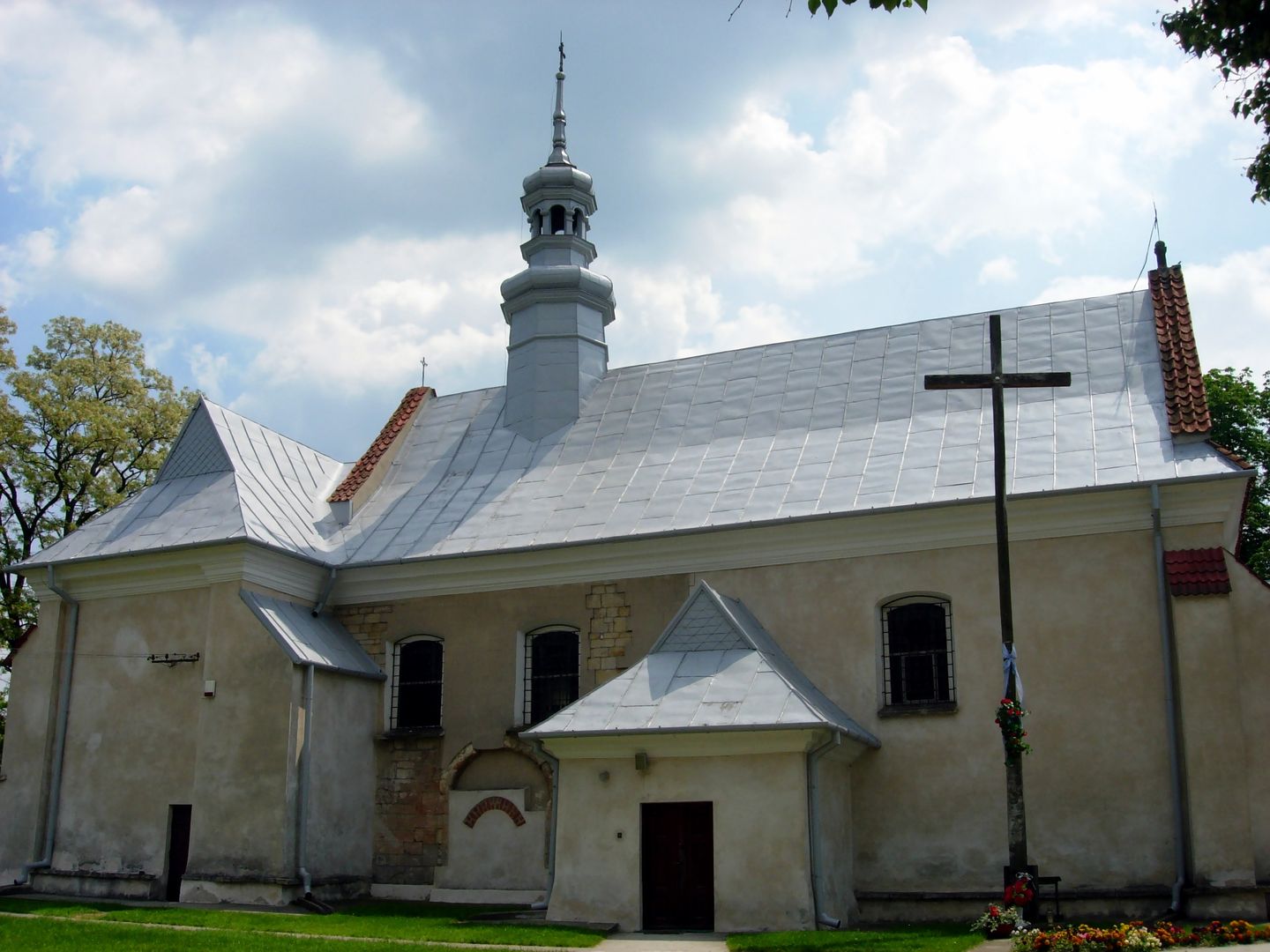Zawichost
6.02

Overview
Zawichost is a picturesque town in the Świętokrzyskie Voivodeship, located at a strategic road junction on the Vistula River. It was granted town rights at least as early as 1255. The history of Zawichost dates back to the 12th century, when it was a market settlement and the seat of a castellany. The town is home to valuable historical monuments, including the Church of St. John the Baptist, which was built between 1244 and 1257 in the early Gothic style, founded by Prince Bolesław the Chaste. It significantly influenced the development of culture and religious life in the region. Zawichost was also a center for crafts, such as brewing, and a trading hub on the route from Kraków to Lithuania. In the 16th century, the town flourished, and its rich urban structure testified to a prosperous community. Among the undeniable attractions of Zawichost is the Church of the Assumption of the Blessed Virgin Mary, which, after numerous destructions, showcases a Baroque style with Romanesque remnants. The presence of a Franciscan monastery and interesting local traditions, such as trade and fairs, shaped the lives of the inhabitants. Zawichost also features remnants of former monastic buildings, as well as natural monuments and historical sites, such as a deactivated ferry crossing. Tragically, during World War II, Zawichost was the scene of fierce battles and tragic events related to the ghetto. After the war, the town was successfully rebuilt and is now undergoing intensive revitalization efforts. Interestingly, Zawichost is mentioned daily in Polish Radio broadcasts regarding the water levels of the Vistula River, further emphasizing its connection to the river. The town preserves its unique traditions and invites visitors to explore its historical, architectural, and cultural richness. Along with dynamic development and community engagement, Zawichost is becoming an increasingly attractive destination for both residents and tourists.
Location
2025 Wizytor | All Rights Reserved